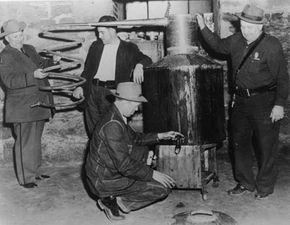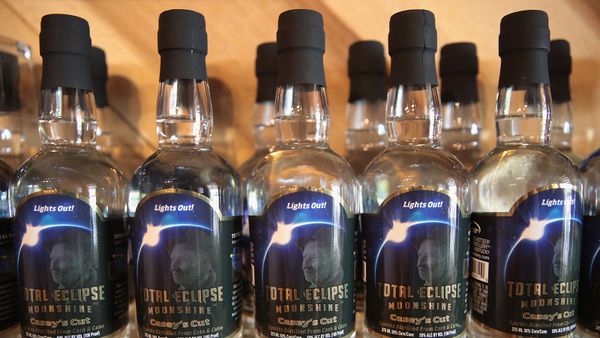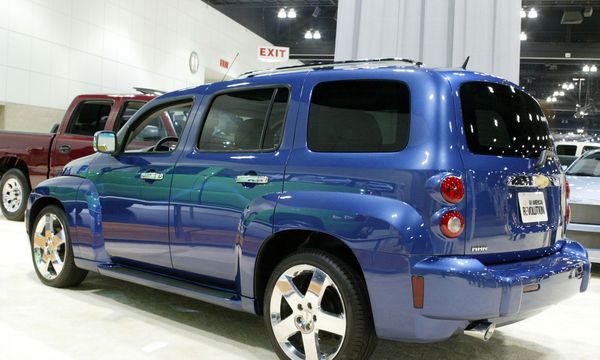Muffled laughter behind closed doors, flapper girls dancing, the clink of glasses, guys in fedoras with Tommy guns sipping illicit gin: All of these are sights and sounds of the prohibition era. In the 1920s, alcohol was illegal and expensive to get in the United States. Hidden moonshine stills popped up around the country, feeding unfiltered and sometimes dangerous alcohol to a thirsty crowd. These days, moonshine stills can do more than help circumvent prohibition laws. They can help us out of our current fuel crisis by letting people make their own ethanol.
Lots of people make a fuss about how ethanol costs more per gallon and is less efficient to produce than gasoline. One thing is certain: Ethanol production does have a lot of variables -- everything from the feedstock (bio-material required to make ethanol fuel), all the way to the equipment used to distill it. One way you can control both of these variables, however, is to make your own ethanol.
Advertisement
Why would you want to do that when you can just drive down the street and fill your tank with E85 from the pump? Plenty of people around the United States want to control where their energy comes from and know exactly what they are putting in their tanks. Certain U.S. regions don't even offer ethanol as an option, claiming that there's no market for it.
Making your own ethanol can be fun, cost-effective and better for the environment. Your engine will run cleaner and there will be a reduction in the amount of toxic emissions that burning gasoline produces. It's a relatively simple process: All you need is some form of feedstock, a way to ferment it and a way to distill it. Basically that's it. Of course, there's also a certain level of danger involved in producing your own ethanol and we'll look at that, too.
On the next page, find out some of the best materials for making fuel.


